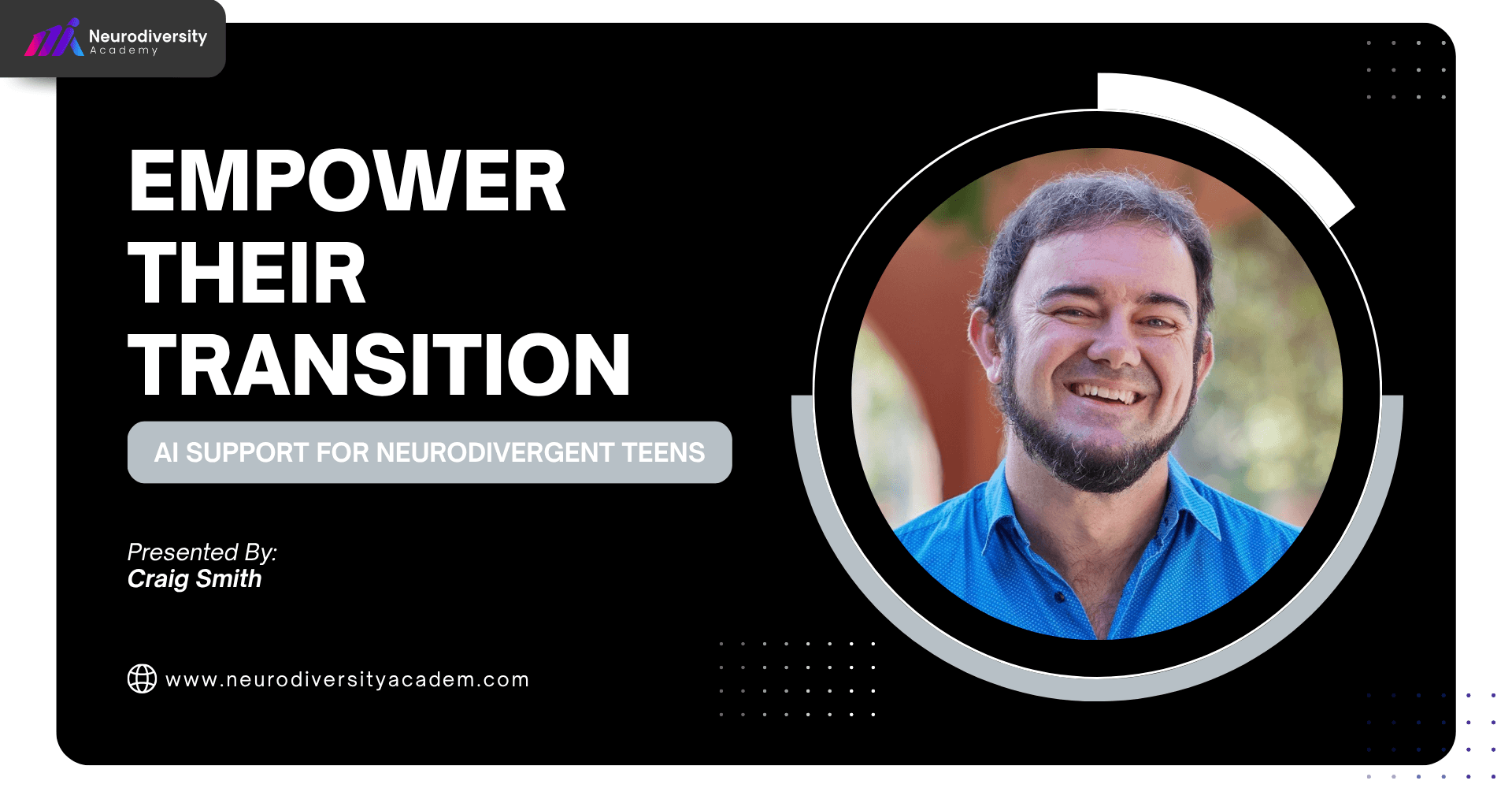In Higher Education
In higher education, the journey towards academic success is as unique as the individuals embarking upon it. For neurodivergent students, who possess diverse cognitive profiles and learning styles, navigating the complexities of university life can present unique challenges. However, with the implementation of Individualized Education Plans (IEPs), tailored support can be provided to ensure these students thrive academically and personally. Here's a step-by-step guide on how to create effective IEPs for neurodivergent students in higher education.
Understanding Neurodiversity
Before diving into the creation of an IEP, it's crucial to understand the concept of neurodiversity. Neurodiversity acknowledges that neurological differences, such as autism, ADHD, dyslexia, and others, are natural variations of the human brain. Embracing neurodiversity means recognizing and valuing the unique strengths and perspectives that neurodivergent individuals bring to the table.
Assessment and Identification
The first step in developing an IEP is conducting a thorough assessment of the neurodivergent student's needs, strengths, and challenges. This assessment may include input from the student, their family, educators, and relevant specialists. By understanding the student's profile, including their cognitive strengths, learning preferences, and areas requiring support, an effective foundation for the IEP can be established.
Goal Setting
Collaboratively establish clear and achievable goals that align with the student's aspirations and academic requirements. These goals should be specific, measurable, achievable, relevant, and time-bound (SMART). By involving the student in the goal-setting process, they become active participants in their own academic journey, fostering a sense of ownership and motivation.
Accommodation Planning
Identify and implement accommodations and adjustments that address the unique needs of the neurodivergent student. These accommodations may include extended time for exams, preferential seating, access to assistive technology, or alternative formats for assignments. By providing tailored support, barriers to learning can be minimized, allowing the student to fully engage with their coursework.
Support Services
Develop a comprehensive plan for specialized support services that cater to the specific needs of the neurodivergent student. This may include access to tutoring, academic coaching, counseling, or peer mentoring programs. By offering a range of support services, students can receive assistance in academic, social, and emotional domains, promoting holistic development.
Progress Monitoring
Establish regular mechanisms for monitoring the student's progress towards their goals. This may involve frequent check-ins with the student, ongoing communication with faculty members, and formal progress reviews. By tracking progress, educators can identify areas of strength and areas requiring additional support, allowing for timely intervention and adjustment of the IEP as needed.
Community Engagement
Foster a supportive and inclusive campus environment by raising awareness and understanding of neurodiversity among faculty, staff, and peers. Encourage collaboration and communication between all stakeholders involved in supporting the neurodivergent student. By promoting empathy and acceptance, the campus community can become a source of strength and solidarity for neurodivergent individuals.
Regular Review and Adjustment
Schedule periodic reviews of the IEP to evaluate its effectiveness and relevance. These reviews should involve the student, their family, educators, and support providers. By gathering feedback and reflecting on progress, adjustments can be made to the IEP to ensure it remains responsive to the evolving needs and goals of the student.
In Conclusion
In conclusion, creating Individualized Education Plans (IEPs) for neurodivergent students in higher education is a collaborative and dynamic process aimed at providing tailored support to promote academic success and personal growth. By embracing neurodiversity and implementing effective IEPs, higher education institutions can create inclusive learning environments where all students can thrive.




